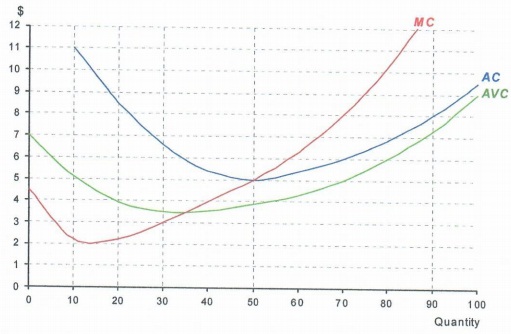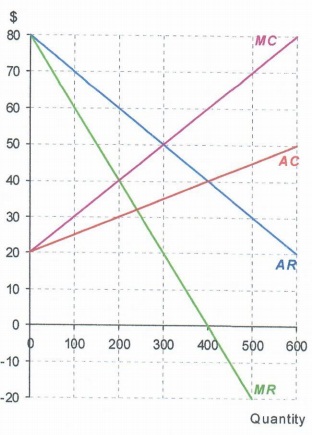Assignment:
1. It is usual to divide markets into four categories. In ascending order of competitiveness these are (fill in the missing three):
2. To which of the above four categories do the following apply to the member firms? (There can be more than one market category in each case.)
(a) Firms face a downward sloping demand curve.
(b) New firms can freely enter the industry.
(c) Finns produce a homogeneous product.
(d) Firms are price takers.
(e) Firms face an elastic demand (but less than infinity) at the profit-maximizing output.
(f) Firms will produce where MR = MC if they wish to maximize profits.
(g) There is perfect knowledge on the part of consumers of price and product quality.
3. In which of the four categories would you place each of the following? (It is possible in some cases that part of the industry could be in one category and part in another: if so name both.)
(a) A village post office
(b) Restaurants in large town
(c) Banks
(d) Hi-fi manufacturers
(e) Producers of barley
(f) Water supply
(g) Local buses
(h) The market for foreign currency
4. The following diagram shows the cost curves of a firth under perfect competition.

(a) How much will the firm produce in order to maximize profits at a price of $8 per unit?
(b) What will be its average cost of production at this output?
(c) How much (supernormal) profit will it make?
(d) How much will the firm produce in order to maximize profits at a price of $5 per unit?
(e) How much (supernormal) profit will it make?
(f) How much will the firm produce in order to maximize profits at a price of $4 per unit?
(g) What will be its profit position now?
(h) Below what price would the firm shut down in the short run?
(i) Below what price would the firm shut down in the long rung
5. A monopolist is faced with the following cost and revenue curves:

(a) What is the maximum-profit output?
(b) What is the maximum-profit price?
(c) What is the total revenue at this price and output?
(d) What is the total cost at this price and output?
(e) What is the level of profit at this price and output?
(f) If the monopolist were ordered to produce 300 units, what would be the market price?
(g) How much profit would now be made?
(h) If the monopolist were faced with the same demand, but average costs were constant at $60 per unit, what output would maximize profit?
(i) What would be the price now?
(j) How much profit would now be made?
(k) Assume now that the monopolist decides not to maximize profits. but instead sets a price of $40. How much will now be sold?
(l) What is the marginal revenue at this output?
(m) What does the answer to (I) indicate about total revenue at a price of $40?
(n) What is the price elasticity of demand at a price of $40? (You do not need to do a calculation to work this out: think about the relationship between MR and TR.)
6. Which of the following are characteristics of oligopoly?
(a) There are just a few firms that dominate the industry.
(b) There are few if any barriers to the entry of new firms into the industry.
(c) The firms may produce either a homogeneous or a differentiated product.
(d) The firms face downward sloping demand curves
(e) There is little point in advertising because there are so few firms.
(f) Oligopolists tend to take into account the actions and reactions of other firms
7. Under which of the following circumstances is collusion likely to break down?
(a) There is a reduction in barriers to international trade.
(b) The market becomes more stable.
(c) One of the firms develops a new cost-saving technique.
(d) One of the firms becomes dominant in the industry.
(e) The number of firms in the industry decreases.